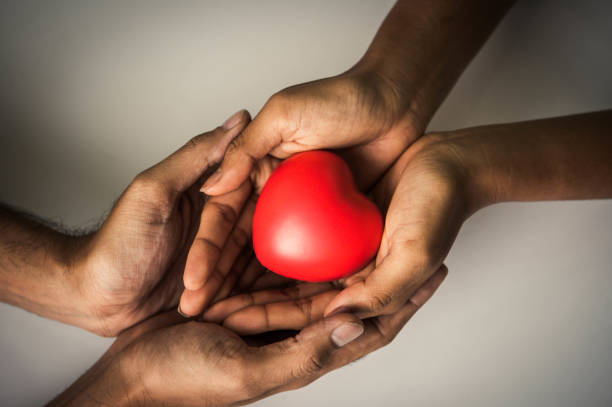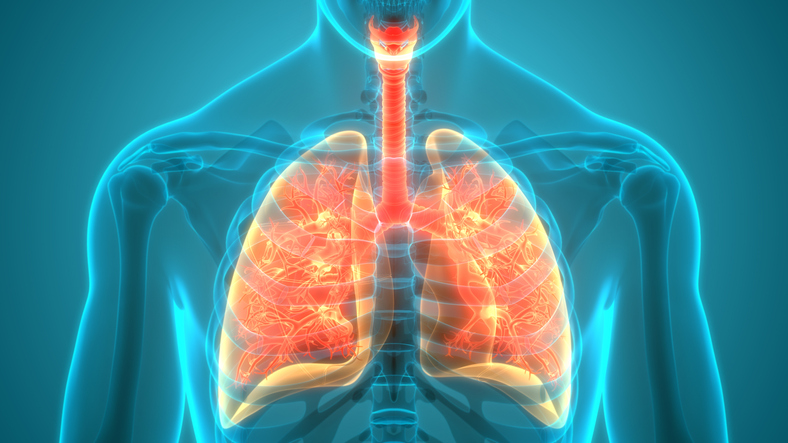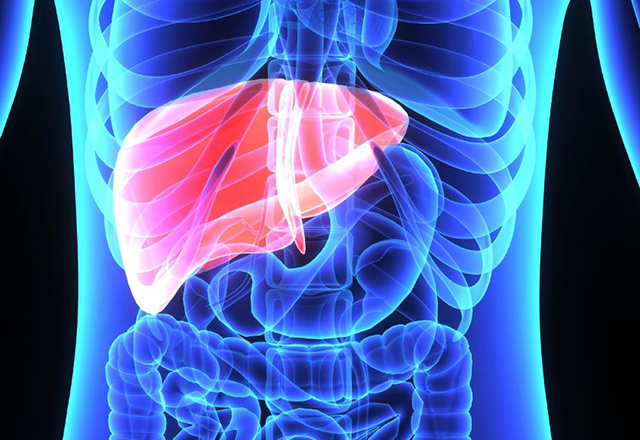Over three months, Steve Ulrich and Leigh Rubin drew strength and inspiration from each other. Rubin also drew cartoons for his nationally syndicated comic.
By Katherine Cook
PORTLAND, Oregon — A Hood River man has a new heart and deepened appreciation for a lifelong friend.
Steve Ulrich, 66, received a heart transplant in December at Providence St. Vincent Medical Center in Southwest Portland. But before getting on a transplant waiting list, doctors told Ulrich he would need someone to commit to being a temporary, in-house caregiver to him for three months. Ulrich reached out to his close friend, Leigh Rubin. Read or watch the story from KGW8.








